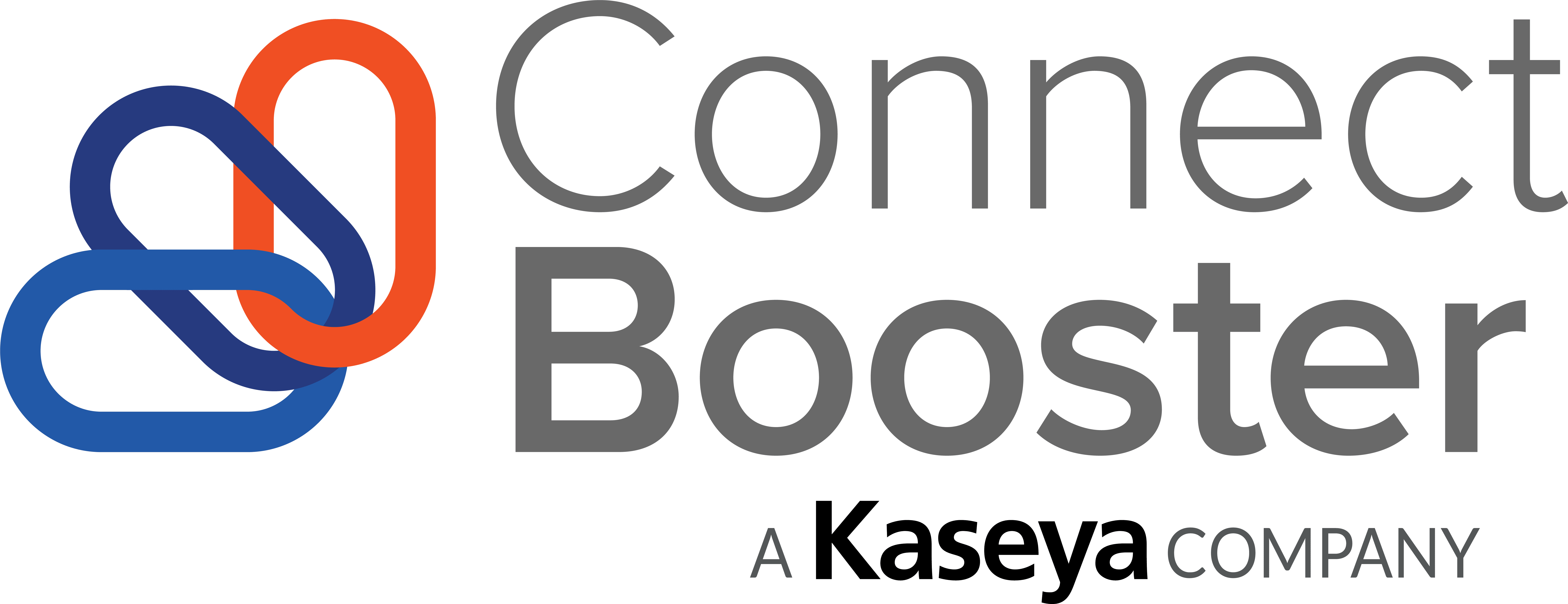If you’re running a managed services business today, there are plenty of available sales and support opportunities. With IT demand growing, despite the uncertainties of the past few years, the prospects for MSPs have never been greater and, based on organizations’ increasing dependence on technology, that situation is not expected to change any time soon. Gartner research predicts worldwide IT services spending will increase 2.4% in 2023, though first quarter layoffs could drive more outsourcing options for providers that support mid-size and enterprise customers. Successful MSPs should continue to uncover scores of new sales opportunities in the years ahead.
Unfortunately, for some providers, those optimistic forecasts can be a blessing and a curse. While bright market prospects make it easier for MSPs to build a base of new clients and add incremental services and revenue streams, that situation can lead to overconfidence and lax business practices. Many providers do well in the initial stages of development and flame out as their operational costs rise faster than income.
In fact, some MSPs readily admit their business management skills lag far behind their ability to build and support complex IT ecosystems. Network design and data protection require much different talents than setting sales objectives, creating financial forecasts and developing quarterly plans. To build a successful long-term small business, MSP owners cannot afford to lose focus and get caught up in the minutia of day-to-day operations. Failure to develop and constantly monitor and, when necessary, alter strategic plans can majorly impede the growth of the organization.
Focus on People, Processes and Metrics
Business owners never intend to lose focus or ignore priorities. Many get caught up in the flurry of activity, helping land and onboard new clients and hire and train employees, or put out some of the many “fires” that tend to occur with thriving organizations. That’s when the real problems happen.

Without a scalable business mode, policies and best practices tend to fall to the wayside, and no one steps up to implement necessary improvements—the “not my job” response is quite common today. The stress of running any business can be overwhelming and when things get tough, one normal owner reaction is to spend more time in activities that bring them relief. For IT professionals, that typically means working on technology-related projects or problems.
Avoiding areas of concern creates more problems. Small issues tend to grow larger without attention, especially those that involve clients and staff, and could spiral out of control. Here are just a few of the surprising and easily overlooked reasons why MSPs slow their own business growth:
- Strategic operations. Processes tend to get “stale” over time. In most industries, there is a constant drumbeat of efficiency as innovative companies develop and adopt new methodologies and refine former industry best practices. Positive changes can boost revenue and profitability, improve customer and employee satisfaction and increase the value of the business. MSPs must embrace that mantra of “continual transformation” to ensure scalability within their operations. From the sales and marketing processes to service delivery and collections, providers need to periodically evaluate and optimize methodologies across their organizations. Without that level of attention, MSPs may see revenue, margins, client counts, and employee retention slow, if not fall.
- Service delivery. From new client onboarding issues and delayed projects to unplanned downtime and other day-to-day operational setbacks, MSPs can easily be forced into reactive responses. Periodic evaluations and testing across services ecosystems allows providers to identify and address potential points of failure. Communicating and collaborating closely with peers, vendors and distributors can help MSPs boost delivery success, as can participation in channel-focused forums and partner communities. Discussing potential concerns and implementing best practices helps providers minimize future risk.
- Automation. MSPs are often seen as early or leading-edge (not bleeding edge) adopters, actively promoting and implementing the latest technologies with their business clients. However, many IT services firms follow the proverbial philosophy “the cobbler’s children have no shoes” when it comes to innovation within their own operations. In other words, MSPs are often so busy and focused on their clients that they fail to instill the same sense of improvement urgency internally. Investing in automation tools such as services ticket routing, support chatbots, payment portals, and VoIP solutions can streamline key client-focused operations and improve the customer and employee experience. Automation reduces response time and strengthens relationships by keeping relevant stakeholders in the loop. These tools eliminate many mundane tasks and allow employees to focus on higher-value activities (like problem-solving and strategizing with clients).
- Portfolios. Are you offering the things your clients will need or want tomorrow? While an MSP may not have the ability or desire to build a technology practice to directly deliver every possible service, it is important to understand which solutions each customer needs or will require soon—and have a hand in procuring and/or supporting those offerings. If not delivering or co-managing each critical part of an IT ecosystem, it opens the door for competitors or lessens the value of your MSP to that client.
- Hiring and onboarding. Everyone in the IT community should understand the value of high-quality technicians, engineers, sales and marketing professionals, and other specialists who support their business. Creating a solid staff is one of the toughest and most critical tasks for an MSP, especially when scaling the business is a top priority. A quality technical bench and sales department are essential to a growing managed services business, so acquiring and developing those professionals must take precedence. HR needs should be listed in the company’s business plan with key objectives and potential timelines for onboarding and training.
- Client retention. Improved customer satisfaction is one objective that an MSP can easily take too far. Concern over losing contracts or customers can lead providers to make concessions that hurt cash flow, investment options and long-term business prospects. Knowing when to walk away from detrimental clients—those who pay late, consume too many resources, or create undue anxiety for the MSP’s staff—can mean the difference between profitability and failure.
Focus on Optimization
Constantly innovating to stay ahead of the competition, attract new customers, and retain existing customers is a real challenge for any business. For MSPs, those obstacles can be even more difficult with all the dynamics involved inside and outside the organization
That’s why MSPs need to be more proactive than ever before. By investing in automation, advanced sales and operation-optimizing solutions, training and client relationship-oriented programs, providers can prepare for any challenge that comes their way.
Position your MSP to grow by optimizing your billing, collections, payment processing and invoice reconciliation processes with an all-on-one tool that will save you time and money. Get pricing and learn how you can achieve healthy cash flow with ConnectBooster.

